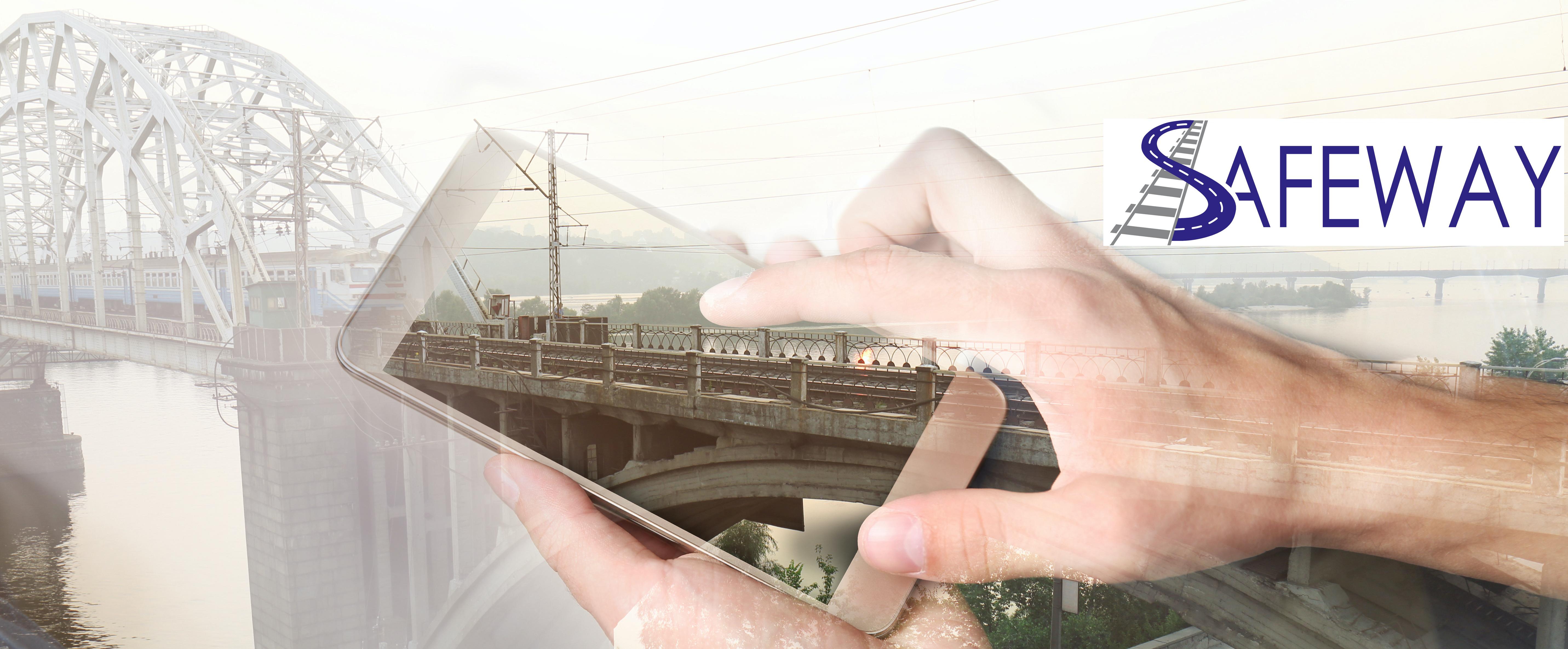
Submitted by L. Millard on Fri, 04/03/2022 - 08:21
A presentation by CSIC Research Associate, Dr Manu Sasidharan, highlights the need for asset management priority risk analysis models to increase the resilience of rail networks facing increased flooding resulting from climate change.
The presentation was part of the final workshop of the EU Horizon Funded SAFEWAY project, a GIS-based infrastructure management system for optimised response to extreme events on terrestrial transport networks that leads to significantly improved resilience of transport infrastructures. According to the Trans-European Transport Network (TEN-T) – the policy to build an effective EU-wide multimodal transport network – guidelines, due consideration must be given to the risk assessments and adaptation measures during infrastructure planning, in order to improve resilience to disasters. SAFEWAY's main aim is to design, validate and implement holistic methods, strategies, tools and technical interventions to significantly increase the resilience of inland transport infrastructure.
Our studies of how surface water and rivers impact our railway infrastructure shows there is no single solution due to the number of variables but highlights the need to invest not only in infrastructure monitoring but in weather and flood monitoring schemes as well Dr Manu Sasidharan, CSIC Research Associate
The presentation, titled ‘Water, Water Everywhere – Assessing the impact of flood on railway infrastructure’, set out the challenge faced by rail operators – in the past five years there have been more than 2250 flooding events affecting rail networks in the UK, leading to 1.3M hours of delay costing rail operator Network Rail £1.7M every year. The presentation can be viewed here.
Dr Sasidharan explained that heavy precipitation and flooding present the highest threat to future UK rail networks. He said: “Research shows that there is a significant risk to 3500 km of rail line from surface flooding and risk to 1150 km of rail line from river flooding. By 2080, this risk could increase by 120% due to climate change with disruptions estimated at costing up to £23M a year. This means that controlling water is very important.”
The need for network operators to be able to be predictive in approach to maintenance and intervention was highlighted but current approaches used to calculate future risk to deterioration of rail tracks do not adequately consider the impact of climate change or severe weather events. The presentation describes the various location-specific factors that can contribute to rates of deterioration, including underlying geology, age of ballast, gradient and traffic levels. “The degradation of the installed drainage assets has contributed to a significant amount of track flooding,” said Dr Sasidharan.
Introducing a predictive modelling approach using a case study of 112 miles of West Coast Mainline that runs from London Euston to Birmingham New Street, Dr Sasidharan used data collected over 23 days of rainfall to compare the deterioration rate of flooded and non-flooded sections of track. The approach used clusters of variables to predict the future behaviour of the track in a number of different scenarios and the results indicated that drainage is key to avoid flooding cycles that has the potential to increase the rate of deterioration of track.
Dr Sasidharan also spoke of the need to develop models that could predict the behaviour of bridges that cross rivers which can be affected by scour – the removal of sediment from around piers and abutments caused by fast-flowing water that can result in bridge failure. Scour is the foremost cause of bridge failure across the world. Geology and the force of flow of a river all impact scour but Network Rail’s current scour risk assessment standard does not capture the effects of climate change, such as variations in precipitation and temperature that can impact the river discharge and the subsequent risk of scour.
Identifying bridges at risk of scour is challenging because scour is a fast-forming phenomena. Without the use of monitoring devices, network operators must deploy divers to inspect bridge foundations after the flood has passed – an approach which poses risk to personnel and significant costs. As climate change brings increased precipitation, there is pressing need for asset owners and operators to understand how climate change will affect assets in specific locations
“Our studies of how surface water and rivers impact our railway infrastructure shows there is no single solution due to the number of variables but highlights the need to invest not only in infrastructure monitoring but in weather and flood monitoring schemes as well.”
Quick Links
• Watch ‘Water, Water Everywhere – Assessing the impact of flood on railway infrastructure’ by Dr Manu Sasidharan here.
• Read more about CSIC’s risk-informed bridge management research here.
• Read more about SAFEWAY here.
